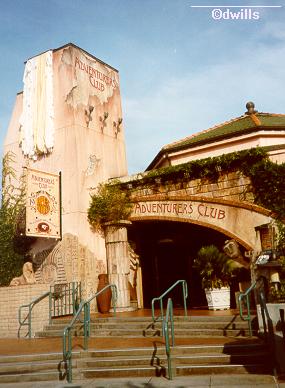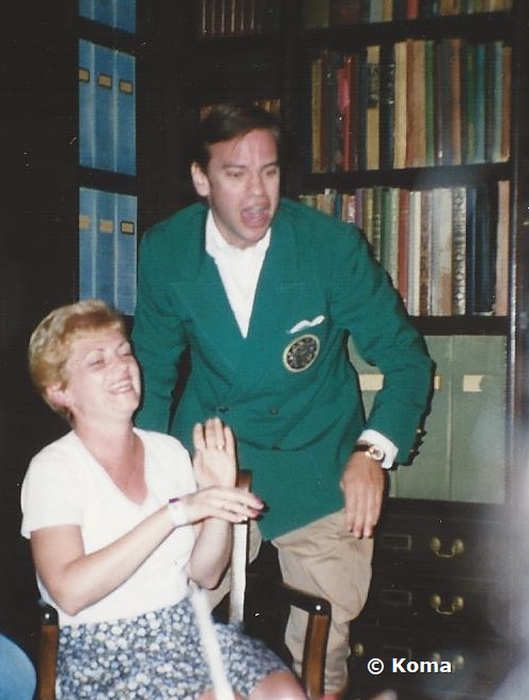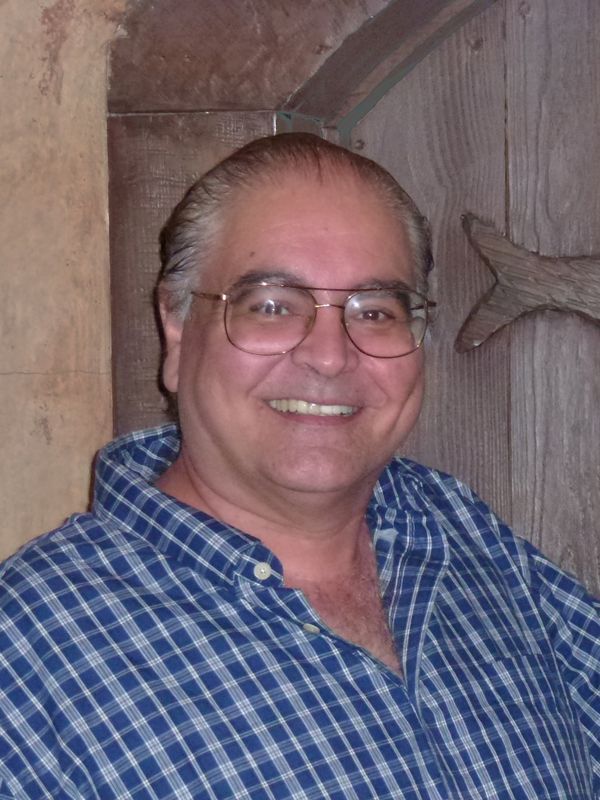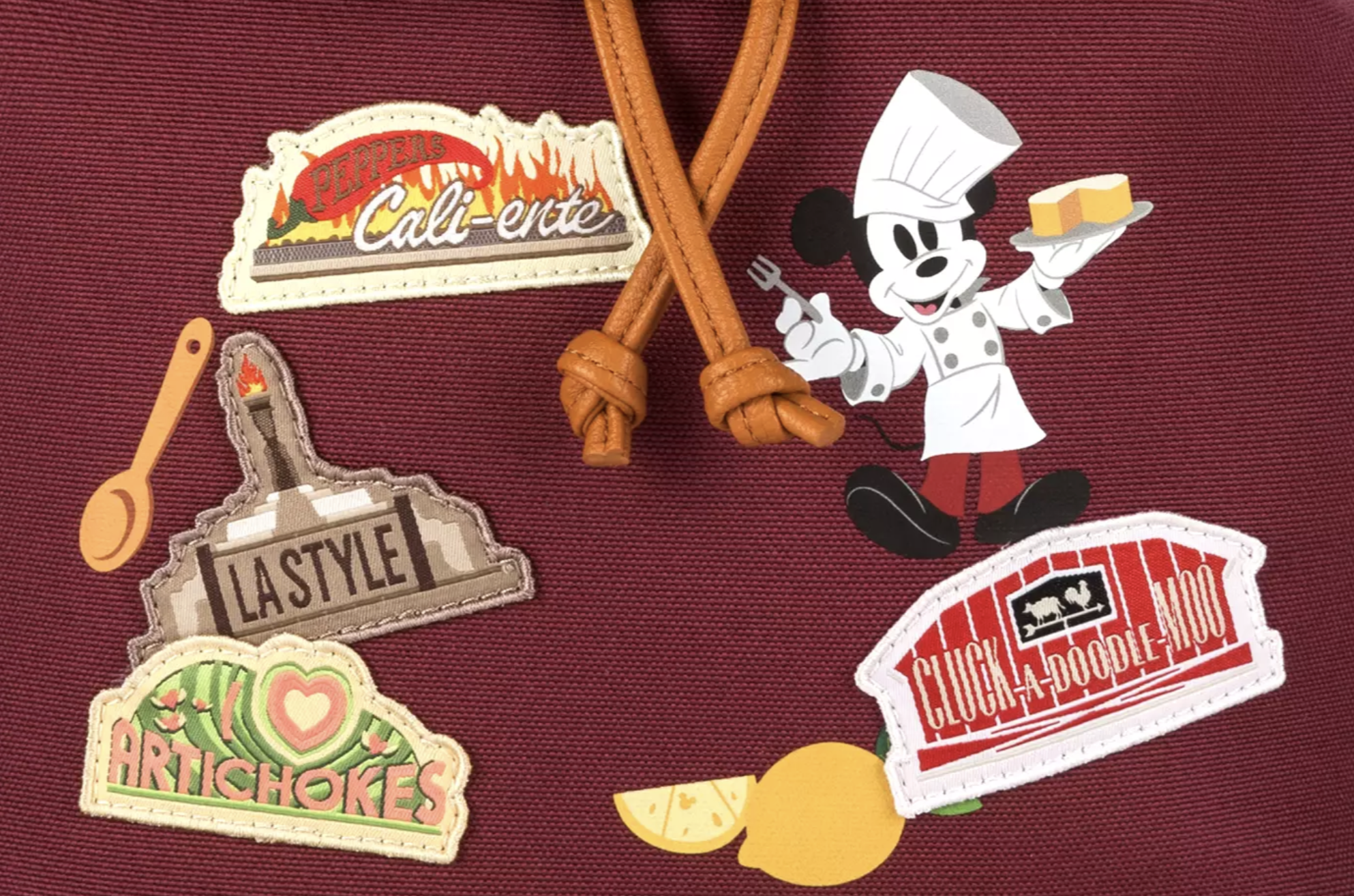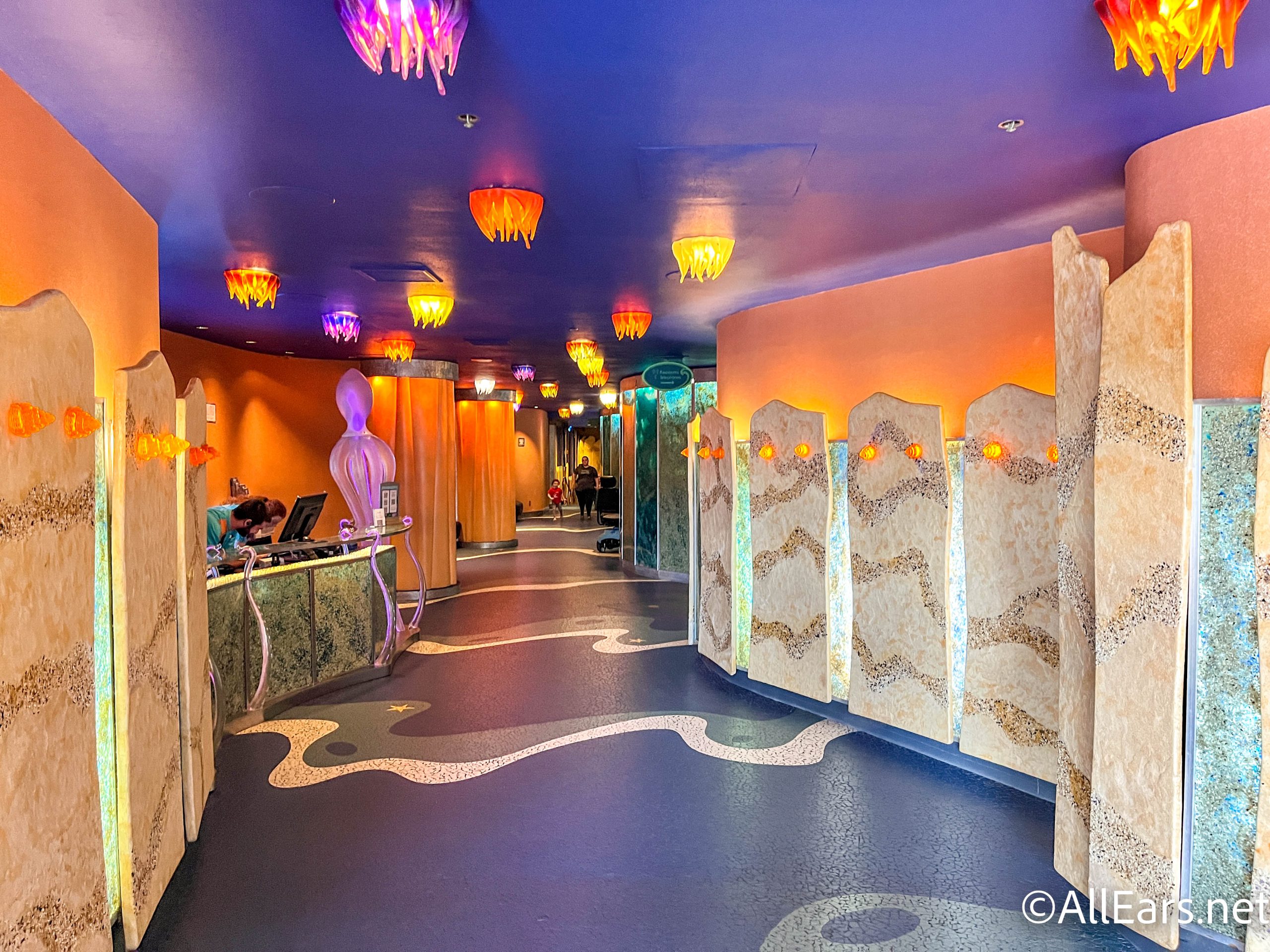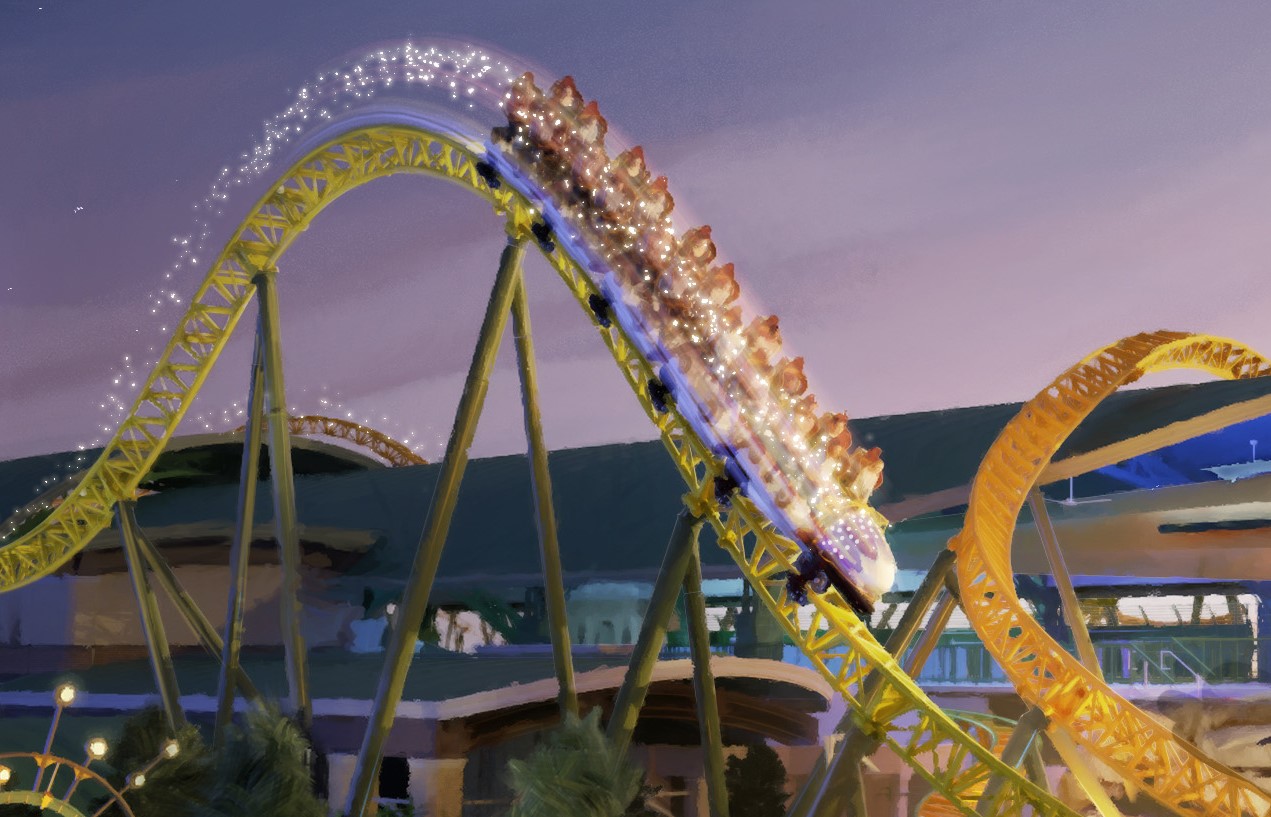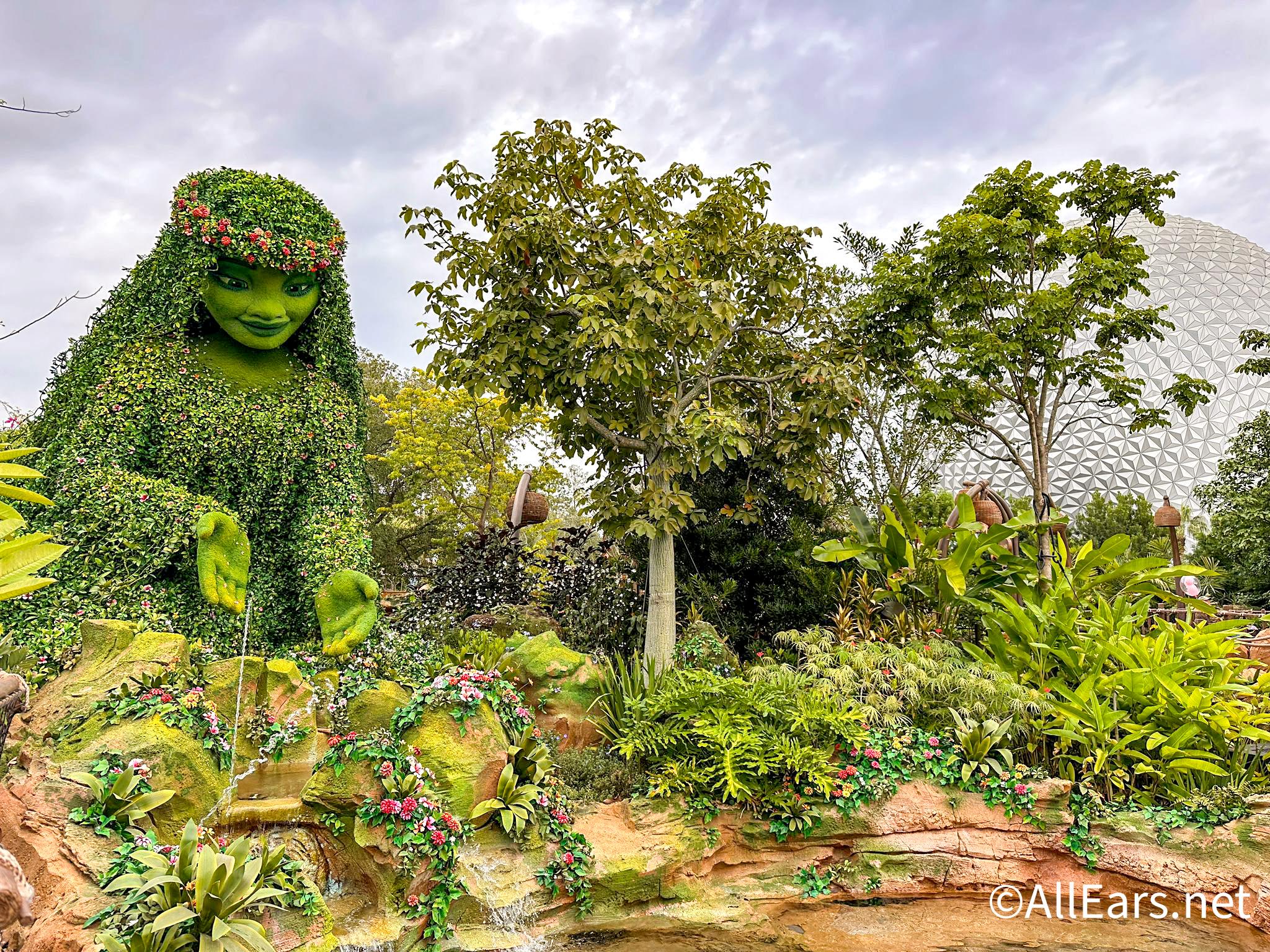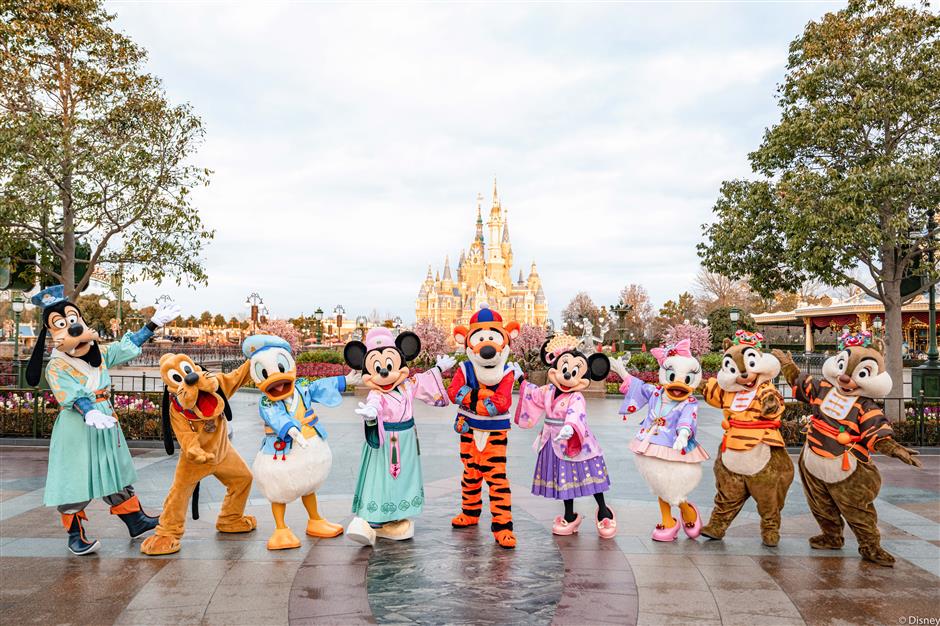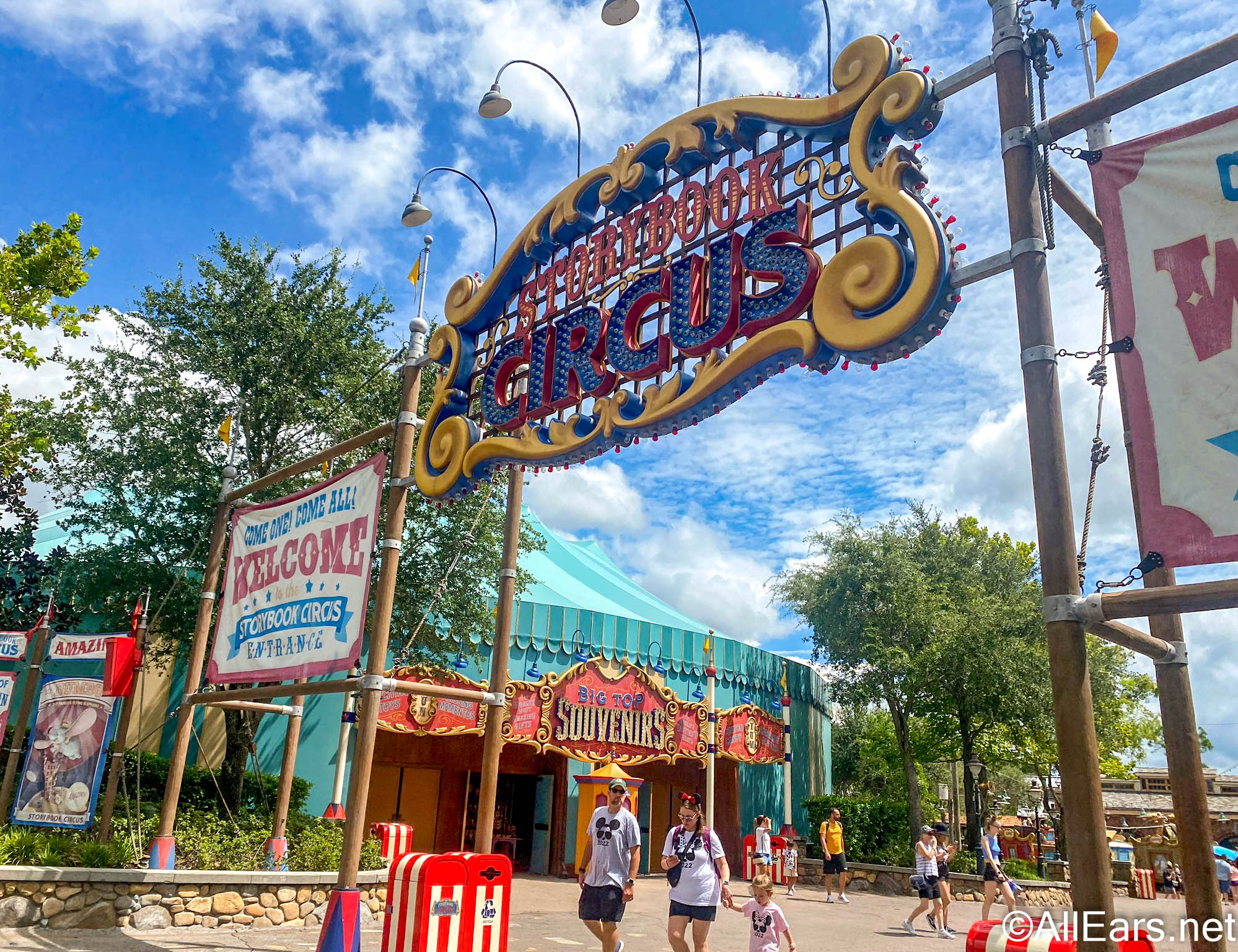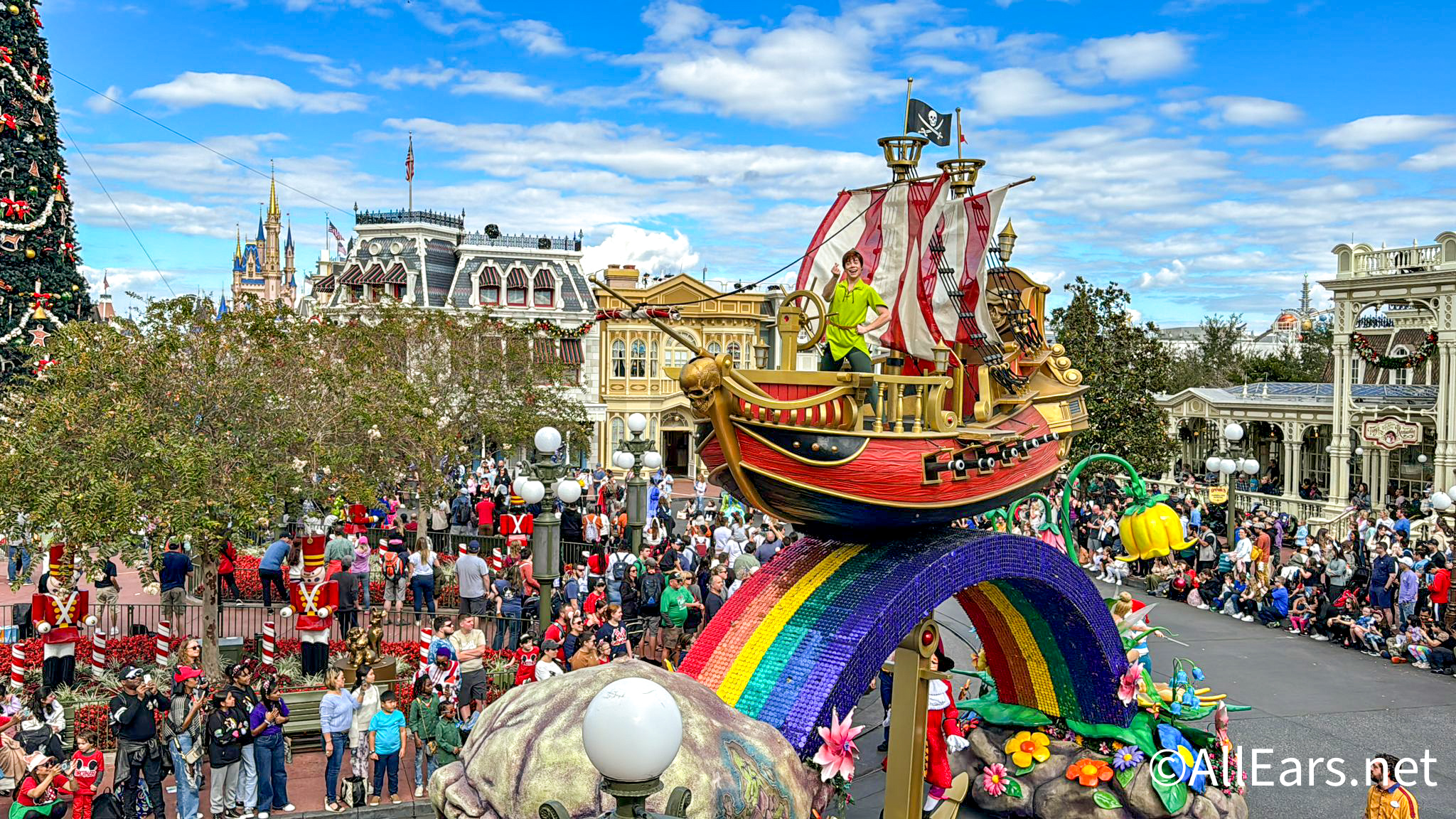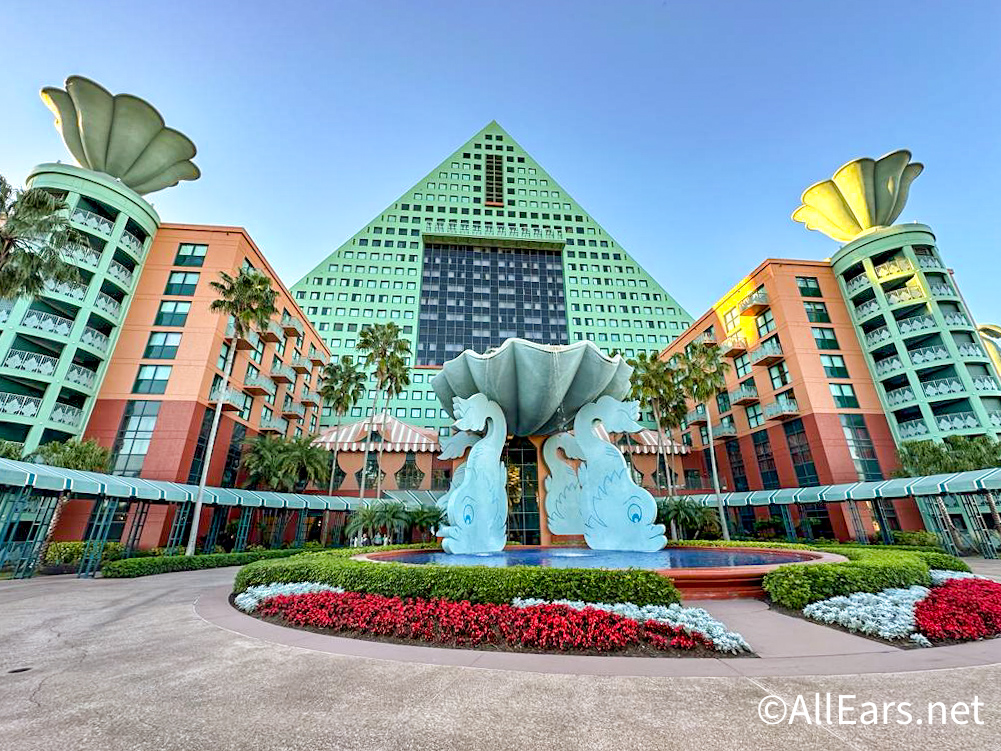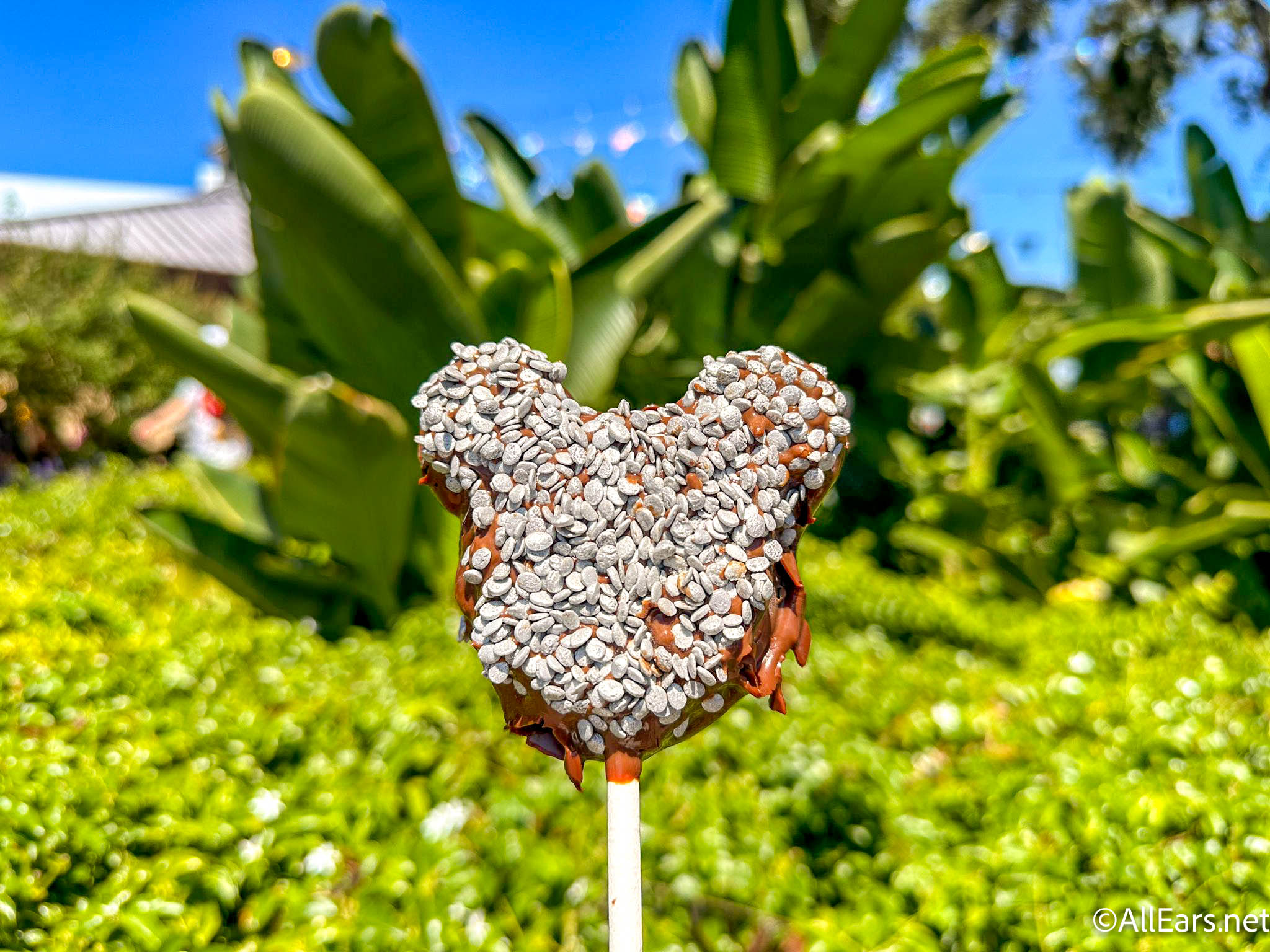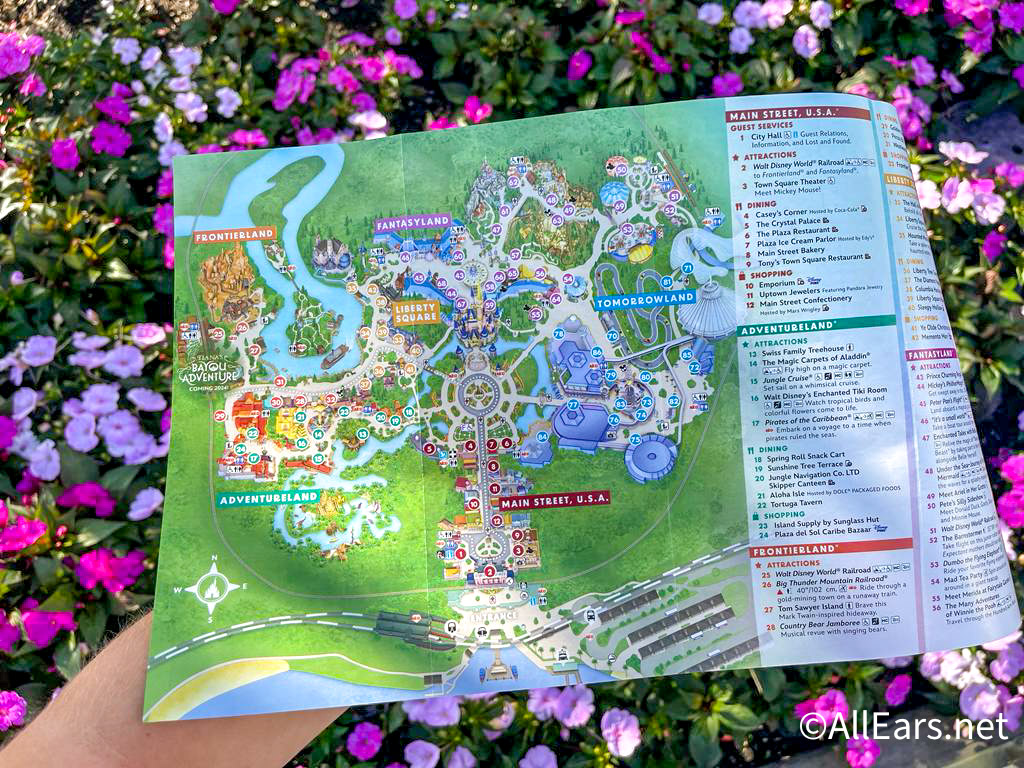Walt Disney World Chronicles: Kungaloosh! Remembering the Adventurers Club
by
Jim Korkis
Disney Historian
Feature Article
This article appeared in the June 11, 2019 Issue #1029 of ALL EARS® (ISSN: 1533-0753)
Editor’s Note: This story/information was accurate when it was published. Please be sure to confirm all current rates, information and other details before planning your trip.
As hard as it is to believe, the Adventurers Club opened in May 1989, making this year the 30th anniversary of its opening.
Like many others, I was a huge fan of the club and miss it greatly, as well as its traditional greeting of "Kungaloosh!"
At a press conference on July 21, 1986, on the Empress Lilly, CEO Michael Eisner announced to the world that a new concept in Disney nighttime entertainment would be opening on the parcel of land at the west end of the Disney Village Marketplace. It would be an entire island of themed nightclubs and stores called Pleasure Island.
The Disney "nightclub district" got its own team: Rick Rothschild (show producer), Chris Carradine (architect), Joe Rohde (art director), John Kavelin (designer), Craig McNair Wilson (writer and director of improvisation) and then later many others joined the team, including Tony Anselmo (designed and directed the interior effort for Mannequins), Tom Sherohman (the original director at the Comedy Warehouse) and Roger Cox (director and writer for Adventurers Club).
According to the Walt Disney Imagineering back story, in 1911, a Mississippi side-wheeler steamed into Lake Buena Vista and dropped anchor. The captain of the vessel, an adventurous Pittsburgh entrepreneur, Merriweather Adam Pleasure saw that on this island he could create a one-man dominion like Edison’s Menlo Park or William Randolph Hearst’s San Simeon.
Pleasure was an inventor, industrialist and bon vivant. He envisioned a manufacturing center, research lab and development facility, as well as a social gathering spot for the famous and well-to-do. His motto was: "Fun for all, and all for fun!" Pleasure was known to all as "The Grand Funmeister." In fact, a "Grand Funmeister" icon of a yellow half-moon face with an open smiling mouth decorated Pleasure Island in its earliest days.
Living on the boat with his Italian wife, Isabella, his sons, Stewart and Henry, and his daughter, Merriam, Pleasure built his island empire and founded a canvas manufacturing and sail fabricating industry. All of the buildings on the island were built by Pleasure and served a particular purpose for each of his many interests.
An imposing building on the opposite side of the island was designed to house Pleasure’s huge personal library and archeological trophy collection that he had gathered on his many travels. The building became the headquarters for the Adventurers Club in 1932. The Adventurers were Pleasure’s zany band of globe-trotting friends, yachting cronies and hangers-on who all swapped tall tales. Exotic souvenirs of the members’ outlandish expeditions and riotous adventures were displayed on the walls.
It was also in 1932 that Merriweather Pleasure created the "Adventurer’s Creed," which was framed in the Zebra Mezzanine of the club: "We climb the highest mountains, just to get a better view. We plumb the deepest oceans ‘cuz we’re daring, through and through. We cross the scorching desert, martinis in our hand. We ski the polar ice cap in tuxedo, looking grand. We’re reckless, brave and loyal and valiant to the end. If you come in here a stranger, you’ll exit as a friend."
Unfortunately, the Funmeister’s good fortune ran out. While on a voyage with his daughter attempting a circumnavigation of Antarctica in December 1941, his entire ship was lost at sea along with everyone on board. After Pleasure vanished at sea, the Adventurers Club was closed and sealed.
Over the years, Pleasure’s wife passed away and, in 1955, his two sons ran his business into bankruptcy. As a note of finality, Hurricane Connie inflicted near-total destruction two weeks before the creditors’ sale leaving the island an unsellable shambles. (As a side note, this is the same hurricane that transformed Placid Palms Resort into Typhoon Lagoon. Many of the contents of the various Pleasure Island buildings were strewn across Lake Buena Vista by the winds of change and some debris ended up at Typhoon Lagoon where it remains today.) The once bustling harbor community became a ghost town. But in 1987, Disney Imagineers re-discovered the island. Some buildings were renovated and some, like the Adventurers Club that had survived disaster, were reopened.
This colorful history devised by the Imagineers continues for many, many more highly detailed pages connecting every building on Pleasure Island to the legacy of Merriweather Pleasure, including the AMC Theaters at the far west side.
There were two real-life inspirations for Disney’s Pleasure Island. Imagineer Chris Caradine was impressed with Granville Island in Vancouver. There, a manufacturing village that had fallen on hard times had its buildings transformed into restaurants, theaters and shops in the 1970s and became a popular destination for both the residents and tourists. Some of the colorful artistic signage there was also adapted for the Disney version.
The second inspiration was the Church Street Station area in downtown Orlando. By 1985, it had become the fourth most popular tourist attraction in the state of Florida, right behind Walt Disney World, Sea World and Busch Gardens. Its colorfully themed clubs like Rosie O’Grady’s Good Time Emporium, the Cheyenne Saloon and Opera House, Phineas Phogg’s Dance Club and Lili Marlene’s Aviator’s Pub and Restaurant, along with the Church Street Station Exchange, a three-story shopping emporium featuring dozens of shops and restaurants, were a favorite nighttime spot for both locals and tourists. Eisner felt that creating a similar entertainment venue would keep guests and their money on Disney property.
When the Island opened, there were 26 plaques placed at the entrances of the island and on the individual buildings by the Pleasure Island "Histerical" (sic) Society to explain the mythology of the island in elaborate detail.
The Adventurers Club was meant to resemble a 1930s World Explorers’ club decorated with many "treasures and artifacts" brought back from far-off expeditions. Many of those artifacts were not as inanimate as they first appeared and often came to life throughout the evening to entertain the guests. Official club officers and members interacted with the guests the entire evening by telling stories and introducing them to the club’s customs and activities.
The announced reason for having an "Open House" for new members to the exclusive club every evening was to help pay off the lease on the building "one drink at a time" at one of the three bars in the building.
The logo for the Adventurers Club, a globe and compass with overlapping banners, was created by Joe Rohde as an homage to the logo of the True Life Adventures film series made by the Disney Company in the 1950s.
The active members included Hathaway Browne (daredevil aviator and ladies’ man), Otis T. Wren (club treasurer and ichthyologist), Fletcher Hodges (club curator), Pamelia Perkins (club president), Samatha Sterling (explorer), Emil Blehall (from Sandusky, Ohio and contender for the Balderdash Cup), Graves (club butler) and the maid. Over the years, there were a variety of maids including Sugar Snap, Kiki McGee, Gabby Normal and Dusty Cabinets.
The club was also home to some not-quite-human members as well, including Fingers Zambezi (the invisible spirit who played the organ in the library), Colonel Critchlow Suchbench (club glee master and chief of club security, who in actuality was a large-scale puppet torso nailed to a chair in a balcony on the wall), Babylonia (the great stone goddess whose talking head was nailed on the wall over the restroom entrance), the Yakoose (half moose and half yak who, instead of being sent to the taxidermist, was mistakenly sent to the upholstery shop), Beezle (the head of a genie who floated mysteriously in a lamp in a cabinet in the Treasure Room) and Arnie and Claude (two talkative masks in the Mask Room).
The festivities each night included shows devoted to honorary member inductions, the Balderdash Cup competition, an episode of the radio cliffhanger Tales of the Adventurersand some odd activities in the Treasure Room and Mask Room. These were the primary shows that delighted guests over the years, but other shows, especially for holidays or special events, also came and went.
Jim Steinmeyer, legendary designer of magical illusions and theatrical special effects was working with Imagineering at the time. He stated, "I really think that the Adventurers Club is a perfect blend of two personalities: Joe Rohde and Roger Cox. You see Joe’s sense of visual fun and old-fashioned adventure, and you experience Roger’s offbeat humor and loving evocation of these old-fashioned, bigger-than-life personalities. It was a project that fell outside of the usual Disney formula, and worried everyone before it opened. Roger was very un-Disney in his thinking and Joe was always deliberately pushing the envelope."
Larry Hitchcock, who worked on the Pleasure Island project and was responsible for bringing in Roger Cox as the writer concurred. "I agree Roger delivered the text, and Joe the visuals but they pushed and fulfilled each other. Roger’s prose painted a picture. Joe’s art suggested a story."
Disney faced many unexpected challenges running nightclubs and changes were made almost immediately, including celebrating New Year’s Eve every night. When the evening entry fee to Pleasure Island was removed, the area began attracting large groups of rowdy local teens who came to just hang out, which was considered undesirable for a Disney location.
The decision was made to close the nightclubs at Pleasure Island on September 28, 2008, because it was the end of a fiscal year and would make bookkeeping easier.
"Our decision is largely based on guest feedback," said the official Walt Disney World statement in July 2008 explaining why the clubs were closing. "We are seeing more demand for shopping and dining experiences and less demand for clubs."
Pleasure Island was eventually converted into an extension of Disney Springs and the Adventurers Club building was transformed into The Edison restaurant.
The legacy of the Adventurers Club lives on, however, in the new Imagineering concept of the Society of Explorers and Adventurers (S.E.A.) that is referenced in different areas throughout all the Disney theme parks worldwide, including the Skipper’s Canteen in Walt Disney World’s Adventureland.
============
RELATED LINKS
============
AllEars.net Archives: The Adventurers Club
The Society of Explorers and Adventurers (S.E.A.)
The Origins of Skipper’s Canteen
Other features from the Walt Disney World Chronicles series by Jim Korkis can be found in the AllEars® Archives.
= = = = = = = = = = = = =
ABOUT THE AUTHOR
= = = = = = = = = = = = =
Disney Historian and regular AllEars® Columnist Jim Korkis has written hundreds of articles about all things Disney for more than three decades. As a former Walt Disney World cast member, Korkis has used his skills and historical knowledge with Disney Entertainment, Imagineering, Disney Design Group, Yellow Shoes Marketing, Disney Cruise Line, Disney Feature Animation Florida, Disney Institute, WDW Travel Company, Disney Vacation Club and many other departments.
He is the author of several books, including his latest, The Unofficial Walt Disney World 1971 Companion, covering the development of Walt Disney World from 1958 when Walt commissioned the first studies through the opening fiscal year 1971-72. Filled with lots of anecdotes from the folks who worked on the project, the book includes a foreword by Tom Nabbe and an afterword by Sully Sullivan. You can order this book, and Jim’s others, on Amazon.com.

